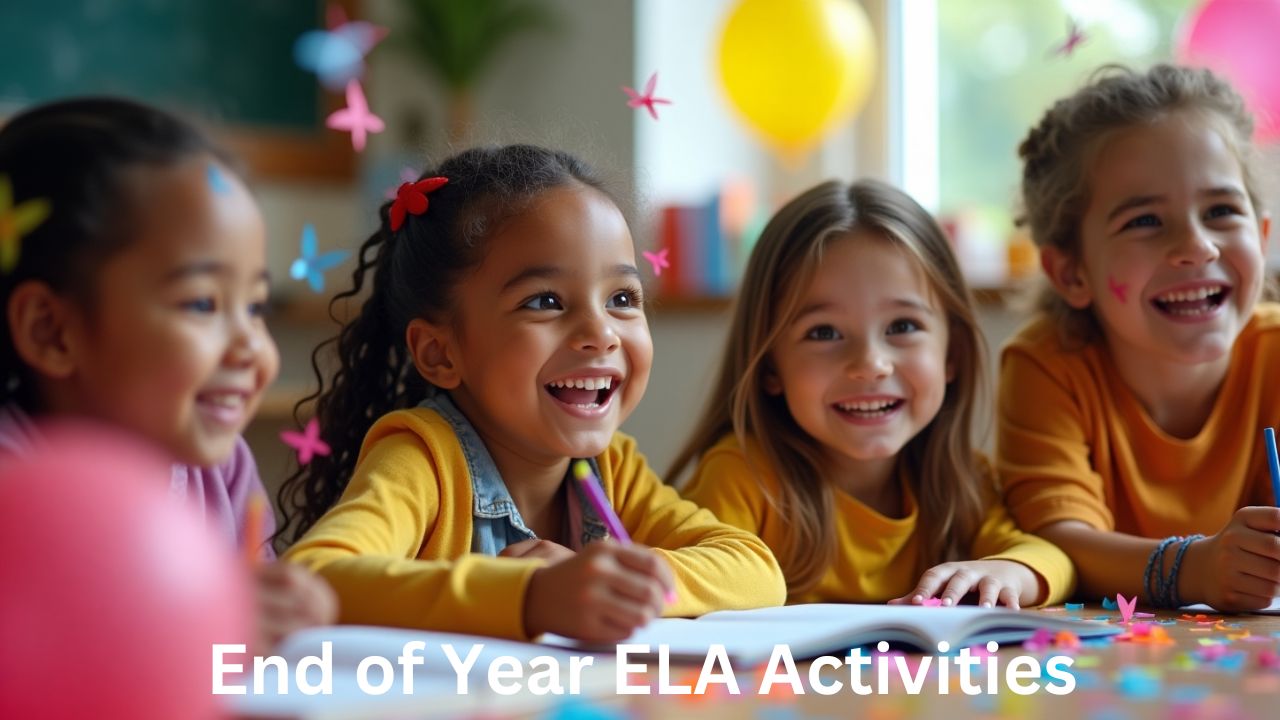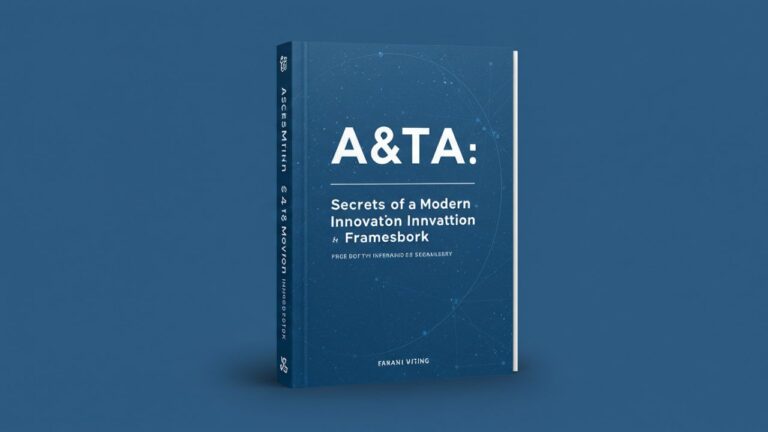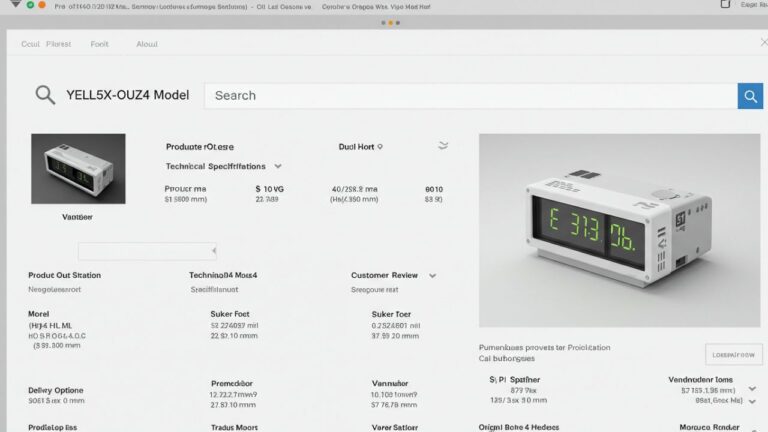
End of Year ELA Activities
Introduction: Why End of Year ELA Activities Matter
The final weeks of school often bring excitement, anticipation, and distraction. Students look forward to summer, making it challenging to maintain focus. Teachers need end of year ELA activities that engage students while reinforcing essential language skills.
These activities offer opportunities to reflect, celebrate progress, and apply knowledge creatively. Instead of losing interest, students stay motivated through games, storytelling, and hands-on projects. Educators benefit from structured lessons that balance fun with meaningful learning.
Engaging lessons keep energy levels high while preparing students for the next academic year. Whether through group challenges or independent projects, students enjoy the final days of school with purpose.
Reflective Writing Activities to End the Year Strong
Personal Growth Journals
Students write about their academic journey, highlighting growth in reading, writing, and comprehension. This exercise helps them recognize achievements while identifying future goals.
Encourage honesty by asking reflective questions:
-
What ELA skills improved the most this year?
-
What book or story had the biggest impact?
-
How did writing assignments help express thoughts more clearly?
This activity strengthens self-awareness and builds confidence in writing abilities.
Letter to Future Students
Have students write letters offering advice to next year’s class. They share insights on assignments, classroom expectations, and learning strategies. These letters help new students feel more prepared while giving current students a sense of accomplishment.
Place the letters in a time capsule or share them on the first day of the new school year.
End-of-Year Memory Poems
Students create poetry reflecting on favorite classroom moments. They experiment with different formats:
-
Acrostic Poem: Using the word “REFLECTION” as a guide
-
Haiku: Capturing a memorable experience in three short lines
-
Free Verse: Expressing emotions without structured rhyme
Poetry fosters creativity while reinforcing writing techniques learned throughout the year.
Creative Storytelling Projects
Rewrite a Fairytale with a Twist
Challenge students to rewrite classic fairytales with unique settings or unexpected endings. They might place Cinderella in a futuristic world or turn Little Red Riding Hood into a detective.
This activity strengthens creative thinking and reinforces narrative structure. Students develop character traits, conflicts, and resolutions while experimenting with storytelling techniques.
Collaborative Class Story
Start a story with an exciting opening sentence. Each student adds a paragraph, continuing the narrative until the entire class contributes.
This collaborative activity encourages teamwork and critical thinking. It also challenges students to build on existing ideas while maintaining story coherence.
Choose-Your-Own-Adventure Stories
Students write interactive stories where readers make choices that affect the plot. They craft multiple storylines, ensuring each decision leads to a different outcome.
This project develops logical thinking, sequencing skills, and creative storytelling. It also encourages engagement by making students active participants in the reading experience.
Fun and Engaging End of Year ELA Activities
Escape Room: Grammar Edition
Create a classroom escape room with puzzles based on grammar, vocabulary, and literary elements. Students solve challenges like:
-
Decoding sentences using figurative language clues
-
Rearranging misplaced modifiers to unlock hidden messages
-
Matching literary terms with definitions to advance to the next level
This game promotes collaboration while reinforcing key concepts in an exciting way.
Word Association Relay
Divide students into teams. Give a starting word, and each student must say a related word within three seconds. The game continues until a team hesitates.
This fast-paced activity builds vocabulary and quick thinking skills. It also helps students recognize word relationships in a fun way.
Book Character Charades
Students choose characters from books read during the year. They act out traits, habits, or famous scenes while classmates guess the character.
This game reinforces reading comprehension and character analysis while making literature come alive.
Celebrating Student Success Through Creative Projects
ELA Superlatives Awards
Host an awards ceremony recognizing students’ unique ELA strengths. Categories might include:
-
Most Creative Storyteller
-
Best Grammar Guru
-
Most Expressive Reader
-
Strongest Argumentative Writer
Students enjoy receiving recognition, and the ceremony reinforces accomplishments made throughout the year.
Classroom Anthology Book
Compile students’ best writing pieces into a printed class book. Include essays, short stories, and poems written during the year.
This project gives students a tangible keepsake and a sense of pride in their work. Share digital copies with parents or display printed versions in the classroom.
Reading Soundtrack Project
Students create playlists representing characters, themes, or emotions from books read throughout the year. They explain why each song fits specific moments or personalities.
This assignment helps students analyze literature in a unique, modern way. It also promotes deep thinking about how music and literature connect emotionally.
Interactive Reading and Discussion Activities
Book Talk Show
Students take on the role of talk show hosts, interviewing book characters. They develop questions and responses based on character traits, motivations, and conflicts.
This role-playing activity strengthens comprehension and critical thinking while making literary analysis more engaging.
Literary Debate Challenge
Students debate literary topics, such as:
-
Is the antagonist truly evil, or just misunderstood?
-
Should a book’s ending have been different?
-
Which character made the most significant impact?
This exercise builds persuasive speaking skills and enhances text analysis.
Read Aloud with a Twist
Students take turns reading a story aloud using different voices or dramatic expressions. Encourage creativity by adding sound effects or background music.
This activity improves fluency, confidence, and expression while making reading sessions more enjoyable.
Technology-Enhanced ELA Activities
Digital Storytelling with Multimedia
Students create digital presentations or animated stories using tools like Google Slides, Canva, or Flipgrid. They add images, voiceovers, and music to bring their stories to life.
This activity blends technology with storytelling, making the learning experience more interactive.
Podcasting Book Reviews
Students record short podcasts reviewing books they read during the year. They discuss themes, favorite moments, and character development.
This project improves speaking skills while allowing students to share reading recommendations in a modern format.
Online Poetry Slam
Students record and share poetry performances through a classroom blog or video platform. They receive constructive feedback from classmates while celebrating creative expression.
This digital approach makes poetry more dynamic and accessible, encouraging confidence in public speaking.
Bringing It All Together: A Meaningful End to the School Year
End of year ELA activities should balance reflection, creativity, and engagement. Teachers can combine writing exercises, storytelling projects, and interactive games to keep students focused while reinforcing essential skills.
Celebrating student achievements with awards, digital projects, or classroom anthologies builds confidence and fosters a love for learning. Technology-driven activities, dramatic readings, and literary debates make the final days of school exciting.
By making lessons meaningful and enjoyable, educators ensure students leave with a strong appreciation for language arts. The right activities create lasting memories and inspire a lifelong passion for reading and writing.







